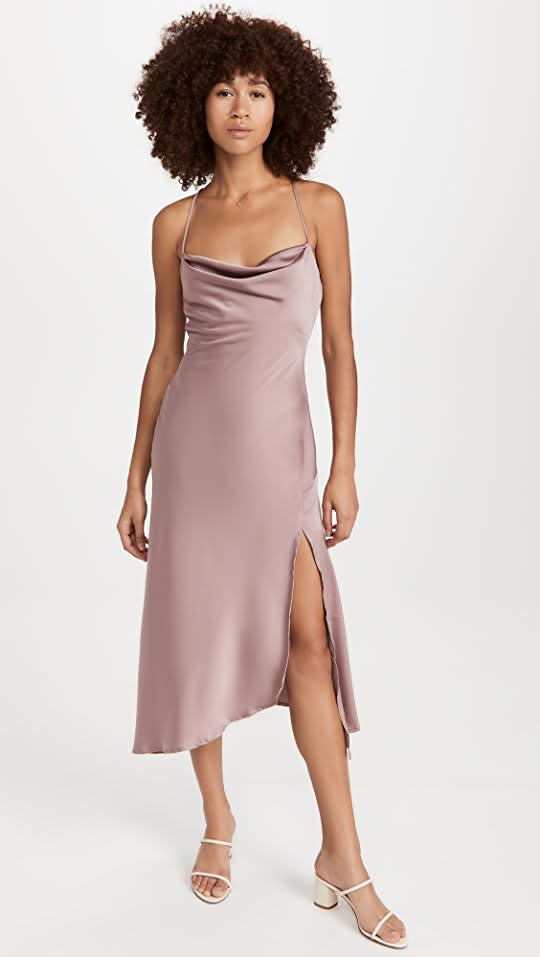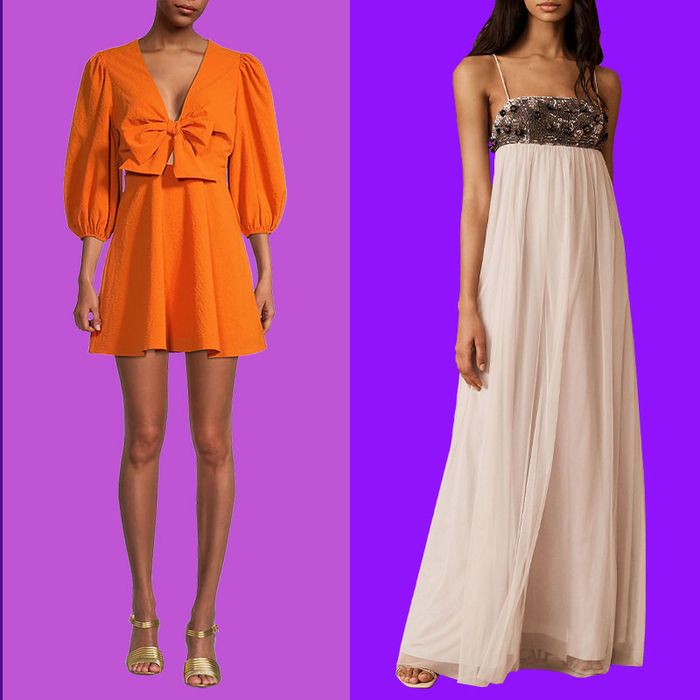Art Nouveau treasure by Philippe Wolfers coming to America
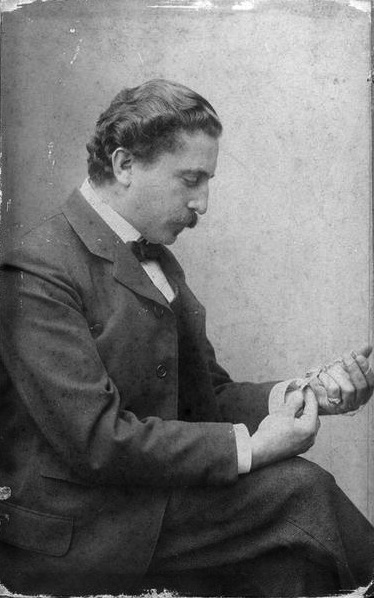 One of the greatest independent craftsmen working in the French design and style of Artwork Nouveau jewelry at the turn of the 20th century was essentially Belgian. A breathtaking illustration of Wolfers’ “ex unique” jewels is coming to The usa, to be a part of the long lasting selection of the Virginia Museum of Fantastic Arts.
One of the greatest independent craftsmen working in the French design and style of Artwork Nouveau jewelry at the turn of the 20th century was essentially Belgian. A breathtaking illustration of Wolfers’ “ex unique” jewels is coming to The usa, to be a part of the long lasting selection of the Virginia Museum of Fantastic Arts.
Phillipe Wolfers (1858-1929) was born into a family business established in 1812, with an atelier that generated jewels for numerous European royal courts.
Even though understanding the trade, Phillipe Wolfers analyzed artwork at the Académie Royale des Beaux-Arts in Brussels. In 1873, he frequented the entire world good in Vienna and was struck by the Japanese decorative arts on screen. This led him, as it did so lots of some others, to the Artwork Nouveau motion.
Wolfers dove in with a enthusiasm. In 1889, he established up an Art Nouveau-design villa in La Hulpe and, a number of yrs later on, opened his own workshop in the Sq. Marie Louise with a crew of craftsmen.
It was a small operation in contrast to his far more famous Parisian colleague, René Lalique, who experienced 30 gentlemen working in his atelier by 1890. Like Lalique, Wolfers used qualified craftsmen to notice his designs, and manufactured wonderful items with plique-à-jour enameling and carved semi-treasured stone. He even looked a little bit like Lalique.
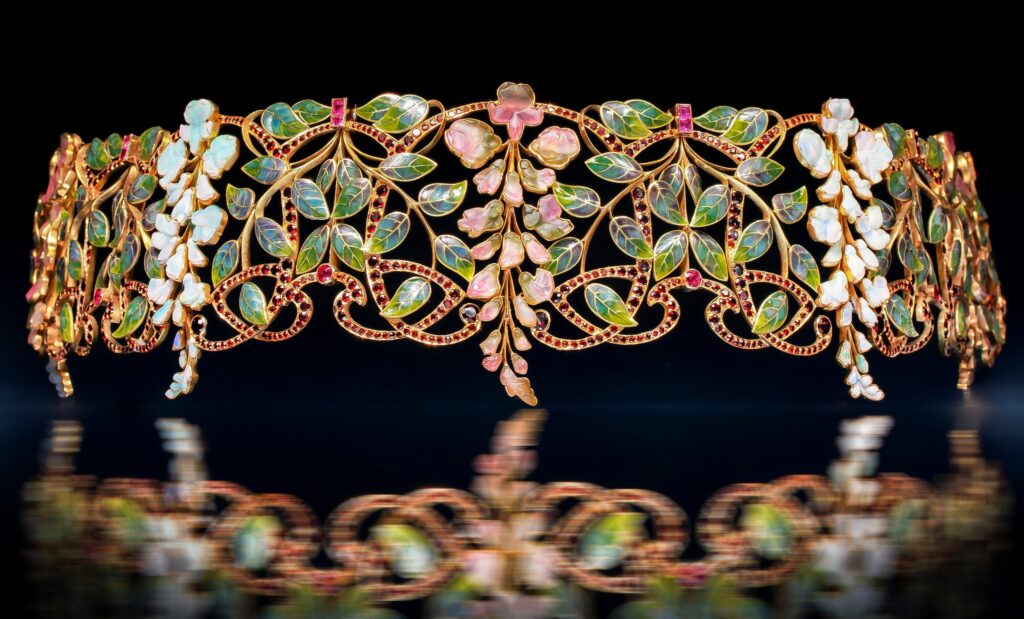
Wolfers’ jewels are uncommon, and noteworthy for their finely sculpted stone and ivory. Of the 152 Artwork Nouveau operates he created – together with vases, fans, lamps, and sculptures – 109 had been jewels from a collection designed amongst 1897 and 1905. They are marked “ex [exemplaire] unique” to distinguish them from jewellery produced by his family’s business.
A gorgeous example known as the “Glycines” choker, designed by Wolfers in 1900 and built in 1902, is coming to The united states. The Virginia Museum of Great Art just acquired it from the Belgian-dependent jeweler Epoque Fantastic Jewels.
I posted about this piece in 2016 just in advance of it marketed at Christie’s Geneva for $277,000, about four periods what was anticipated. It’s usually great to see a bidding war about anything other than huge diamonds.
In this situation, the ethereal splendor of plique à jour leaves, that sensitive and translucent design of enameling Artwork Nouveau jewelers manufactured popular, beautifully built-in with blossoms carved from opals and watermelon tourmalines, two of Wolfers’ favorite gems. His wisteria vines curl all around a gold frame studded with garnets and rubies formed in that acquainted Art Nouveau-design and style whiplash.
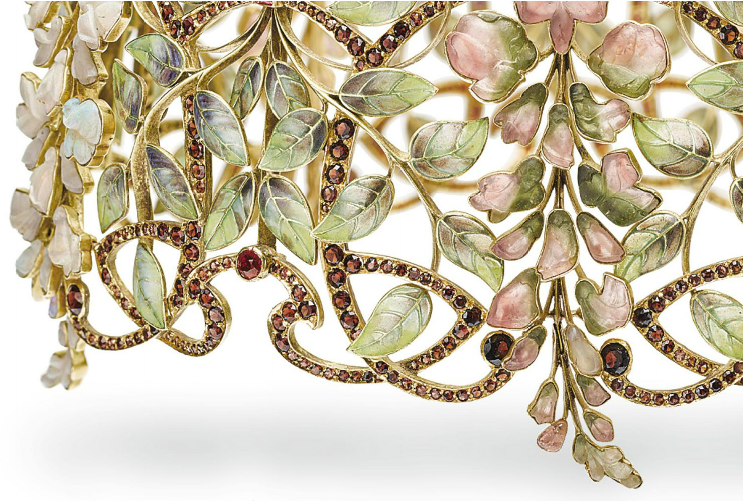
A brooch Wolfers created all-around the same time offered at Sotheby’s for $51,000, with plique à jour, rubies and diamonds in the condition of an insect. While evidently influenced by Lalique and depicting very similar themes, Wolfers appeared to be following his possess muse. Wolfers’ moth was stiff and symmetrical compared to the lifelike bugs Lalique was identified for. So stylized, it is almost abstract.
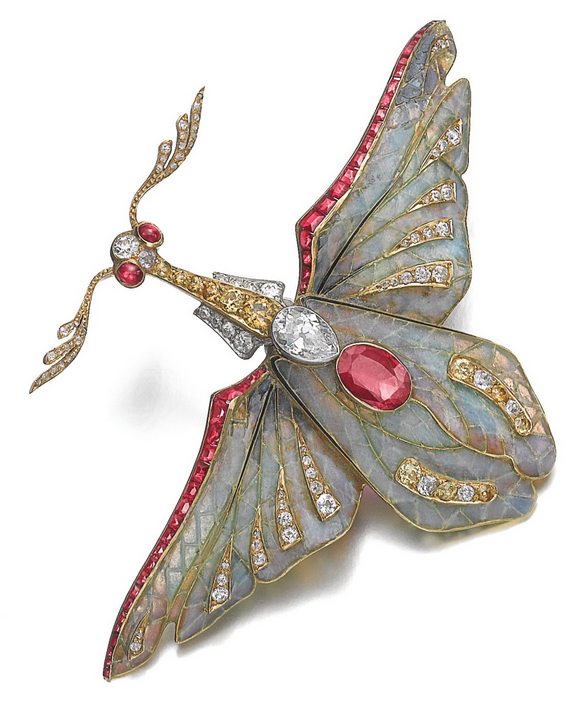
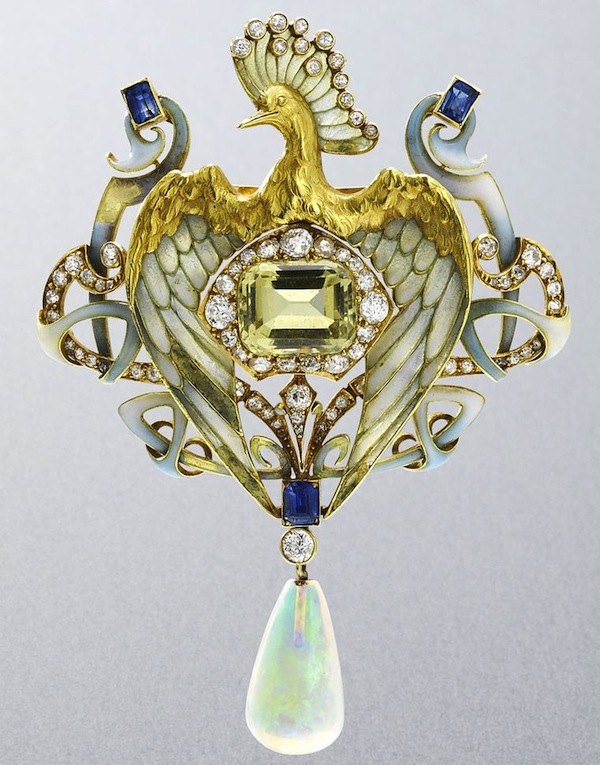
As the wisteria choker and this brooch/pendant (earlier mentioned) shows, he could summon the fluid forms that typified Art Nouveau but desired symmetry. Like other jewelers of this movement, Wolfers was influenced by the rebellious spirit of the Belle Epoque. All were being hard conference and redefining great jewellery, changing faceted gems with carved stone and glass, common goldsmithing with Japanese-type metalwork and enameling. Encouraged by Japanese craftsmanship, their jewelry celebrated exoticism and experimentation.
Wolfers, in particular, assisted popularize the use of carved ivory in jewellery, and various of his pieces aspect carved opal as very well. Though he worked with similar imagery – winged goddesses, snakes and insects – his interpretations ended up heavier than Lalique’s and usually unsettling: scowling Medusas and earthy nudes, nothing like the ethereal French variations.
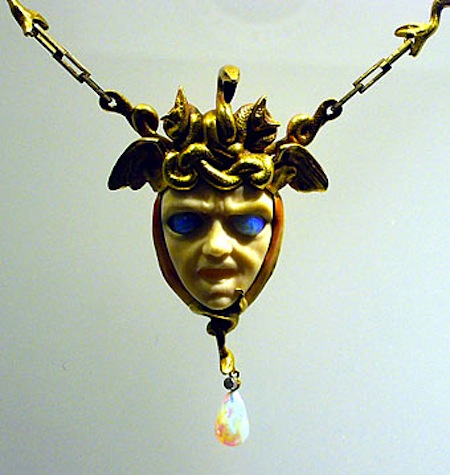
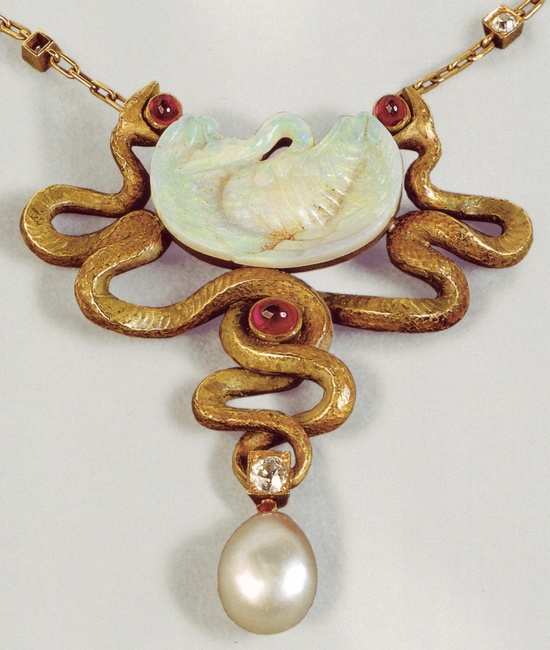
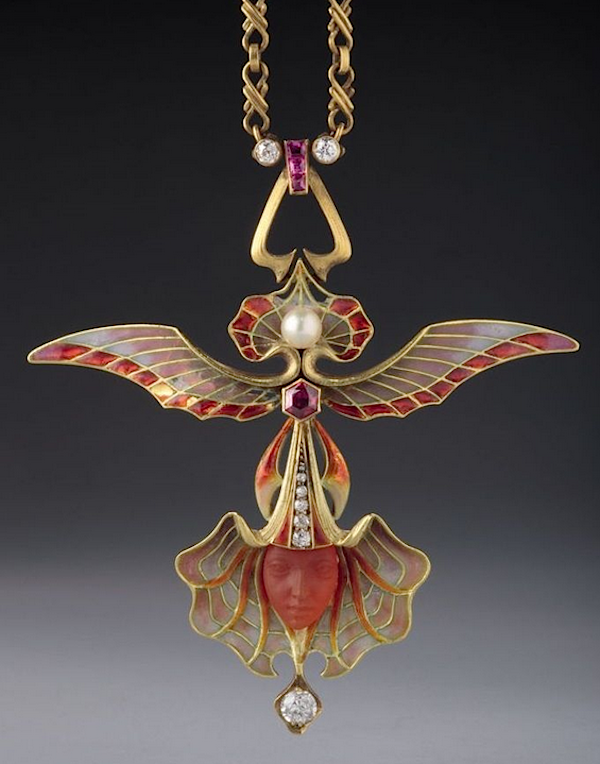
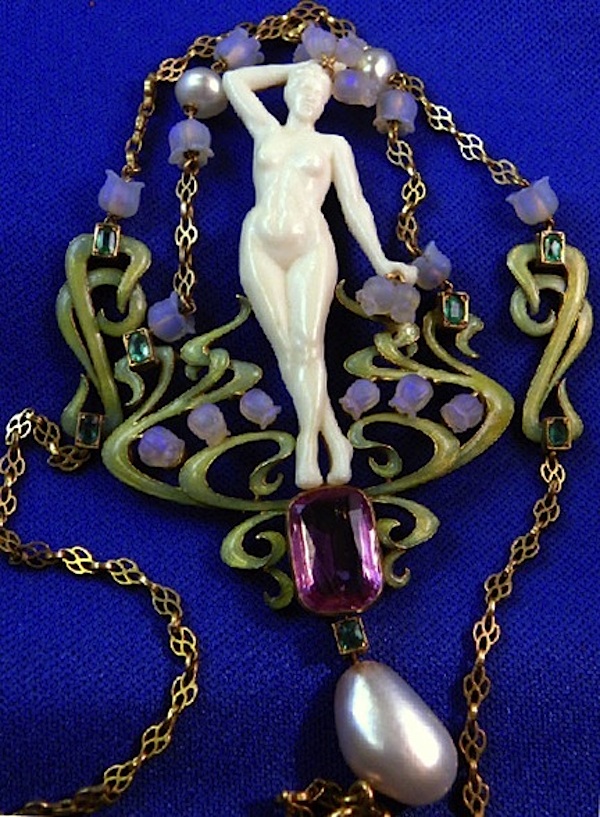
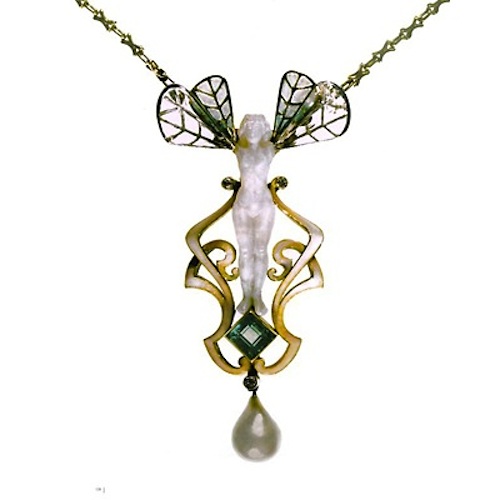
Wolfers by no means obtained the fame of Lalique, but both contributed to that charming chapter of jewelry structure we know as Artwork Nouveau. The moment that chapter finished, both gentlemen abandoned jewellery completely. Lalique went on to art glass, and in 1908, Wolfers turned his interest to sculpture.
Wolfer’s “Glycines” choker is a treasure of Artwork Nouveau jewelry. I’m constantly happy when a little something like that finishes up at a museum, so the public can see what an wonderful art variety jewelry can be. And I really don’t even have to stop by Europe to see this one.

